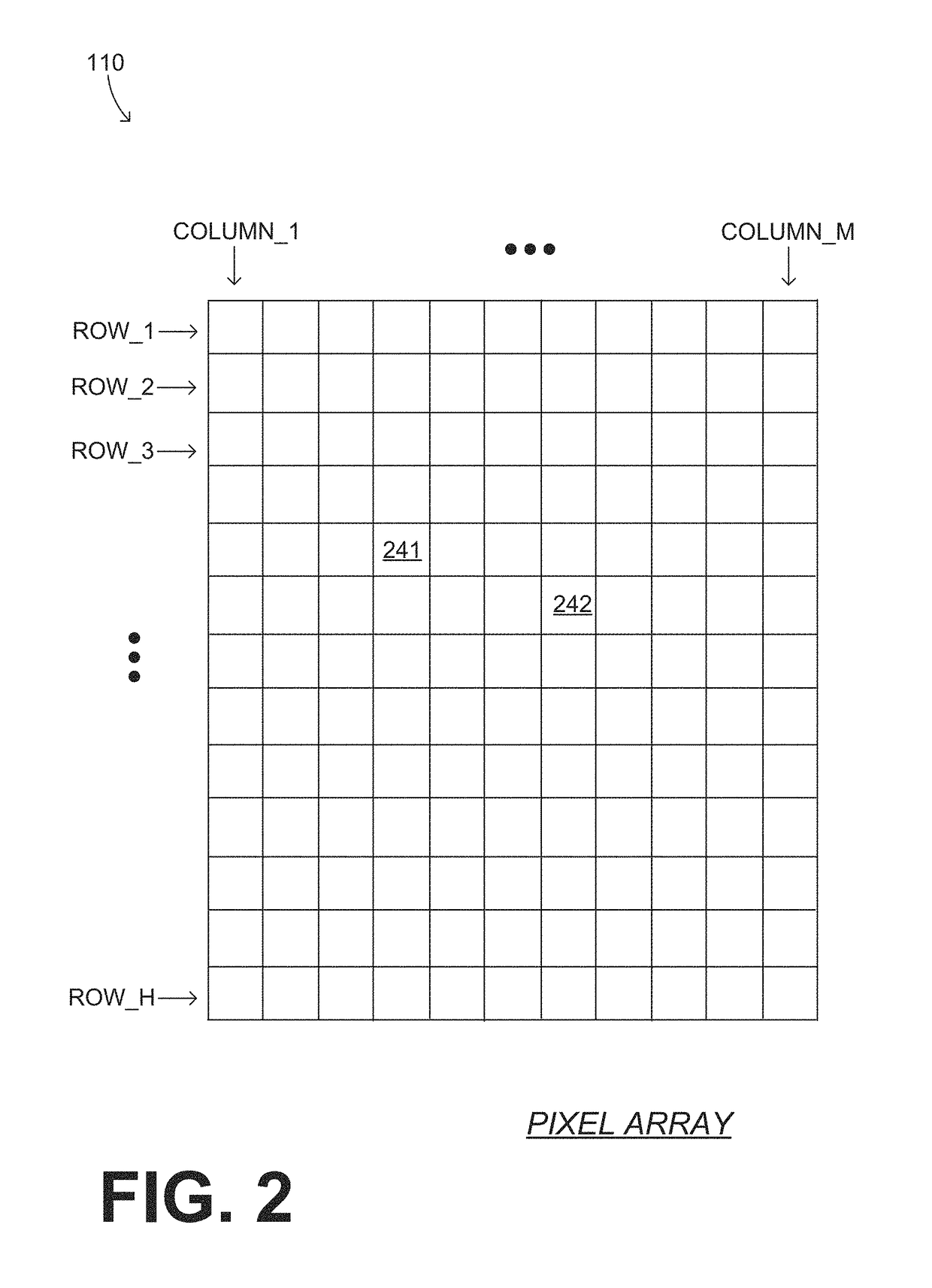Correction of depth images from T-O-F 3D camera with electronic-rolling-shutter for light modulation changes taking place during light integration
a technology of depth image and light modulation, which is applied in the field of correction of depth image from tof 3d camera with electronic roll-shutter, can solve the problems of limiting the spatial resolution of sensors with demodulating pixels, difficult to combine these two functions in very small pixels, and complicated relation between an array of light-sensing pixels and a digital image ultimately obtained from it, so as to achieve fast frame rate and reduce blinking motion artifact between aggregate images
- Summary
- Abstract
- Description
- Claims
- Application Information
AI Technical Summary
Benefits of technology
Problems solved by technology
Method used
Image
Examples
first embodiment
[0147]FIG. 21 is a diagram for implementing corrections to T-O-F depth image frames according to a FIG. 21 is a timing diagram showing a sequence of depth frames rendered by computation from a sequence of acquired raw frames. Frame labels are shown above the acquired raw frames, which may apply to these raw frames. It will be understood that each raw frame might have more than one label, which may be based on which rendered frame the raw frame contributes at the time. In this example, first, second, third and fourth raw data frames can be suitably selected among those for 0°, 90°, 180° and 270°.
[0148]As can be seen, a processor can be configured to calculate a composite first frame ACP90(I+3) 2141 for 90°. Calculation may happen, for example, as seen in Equation 21. The calculation provides an average for two raw phase data frames at 90°. The average may be weighted evenly, or favoring one of the constituent raw data frames, as long as there are nonzero contributions from at least ...
second embodiment
[0151]FIG. 22 is a diagram for implementing corrections to T-O-F depth image frames according to a It will be recognized that here the processor calculates both a composite first frame 2241 and also a composite second frame 2242. The aggregate image is computed also from the composite second frame 2242, and fewer pure raw frames.
third embodiment
[0152]FIG. 23 is a diagram for implementing corrections to T-O-F depth image frames according to a It will be recognized that here the processor calculates a composite first frame 2341, a composite second frame 2342, and also a composite third frame 2343. The aggregate image is computed from these three composite frames, and only one pure raw frame, but requires more calculations.
[0153]FIG. 24 is a table of frame labels that may be used according to embodiments.
[0154]FIG. 25 shows a flowchart 2500 for describing methods according to embodiments. The methods of flowchart 2500 may be implemented by embodiments.
[0155]According to an operation 2510, an illumination clock signal is generated. The illumination clock signal can be modulated at an operating frequency.
[0156]According to another operation 2520, light can be emitted by a light source towards an object. The light can be emitted responsive to the illumination clock signal, and therefore modulated according to the illumination c...
PUM
 Login to View More
Login to View More Abstract
Description
Claims
Application Information
 Login to View More
Login to View More - R&D
- Intellectual Property
- Life Sciences
- Materials
- Tech Scout
- Unparalleled Data Quality
- Higher Quality Content
- 60% Fewer Hallucinations
Browse by: Latest US Patents, China's latest patents, Technical Efficacy Thesaurus, Application Domain, Technology Topic, Popular Technical Reports.
© 2025 PatSnap. All rights reserved.Legal|Privacy policy|Modern Slavery Act Transparency Statement|Sitemap|About US| Contact US: help@patsnap.com



